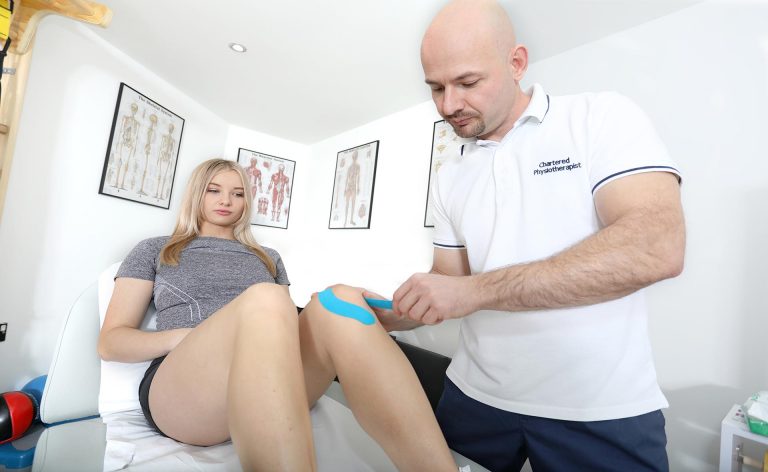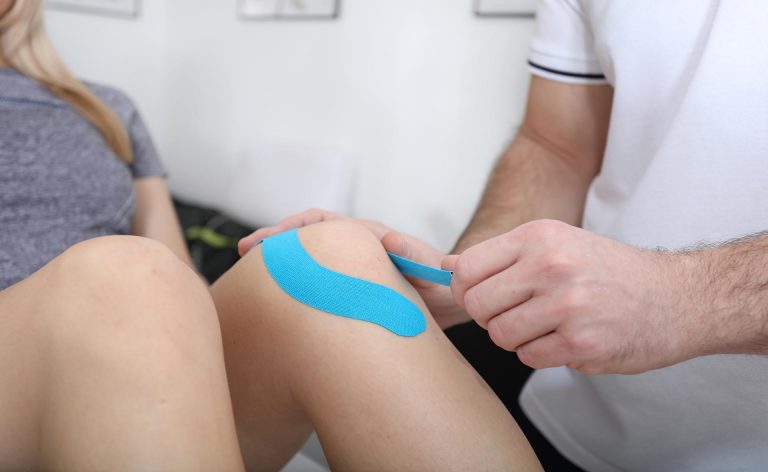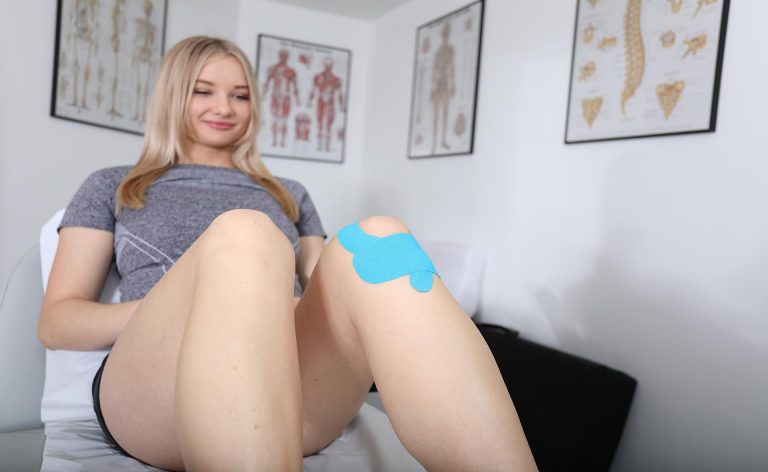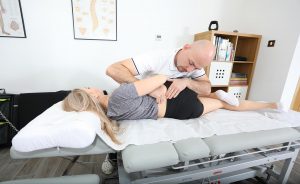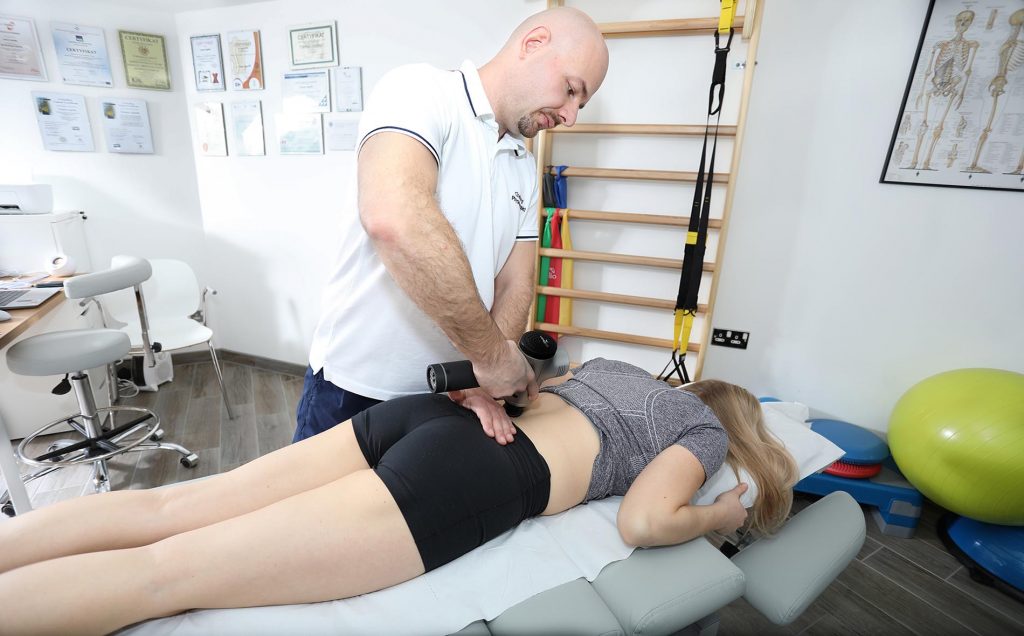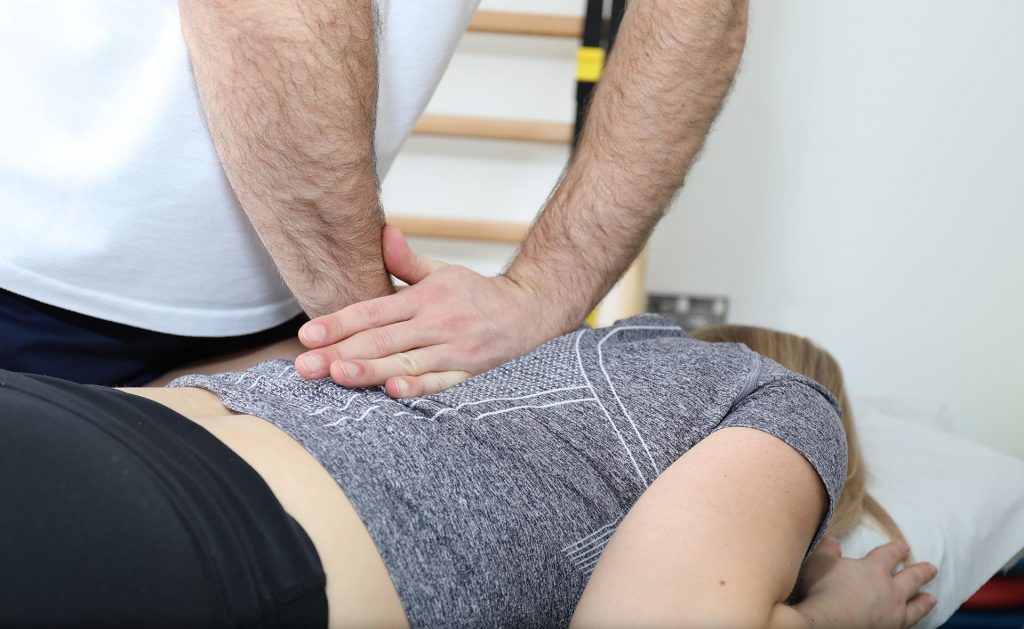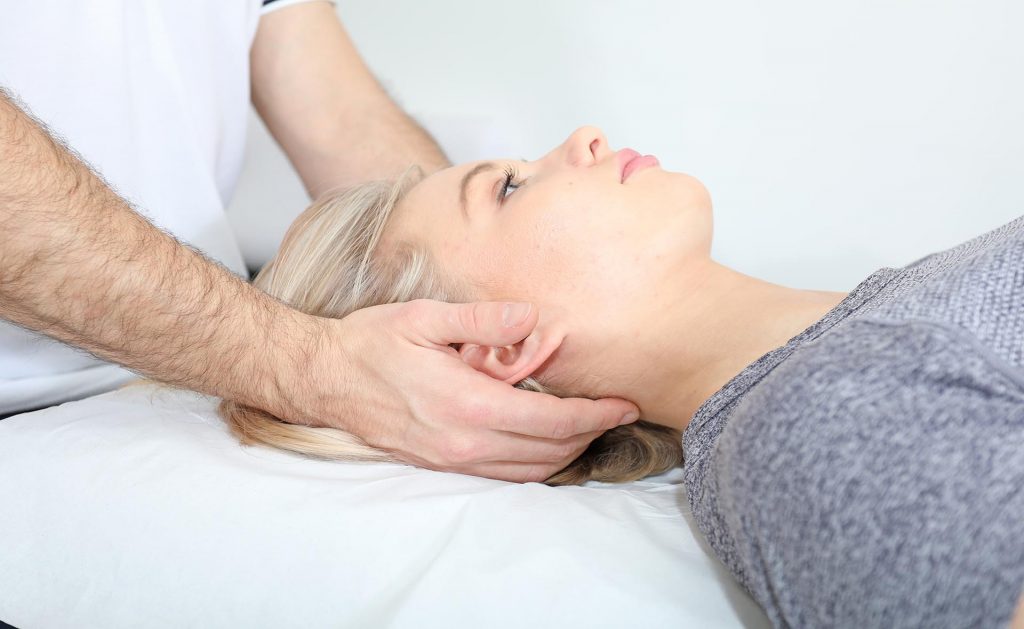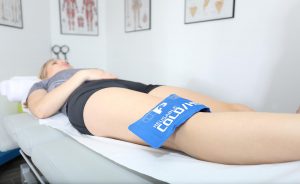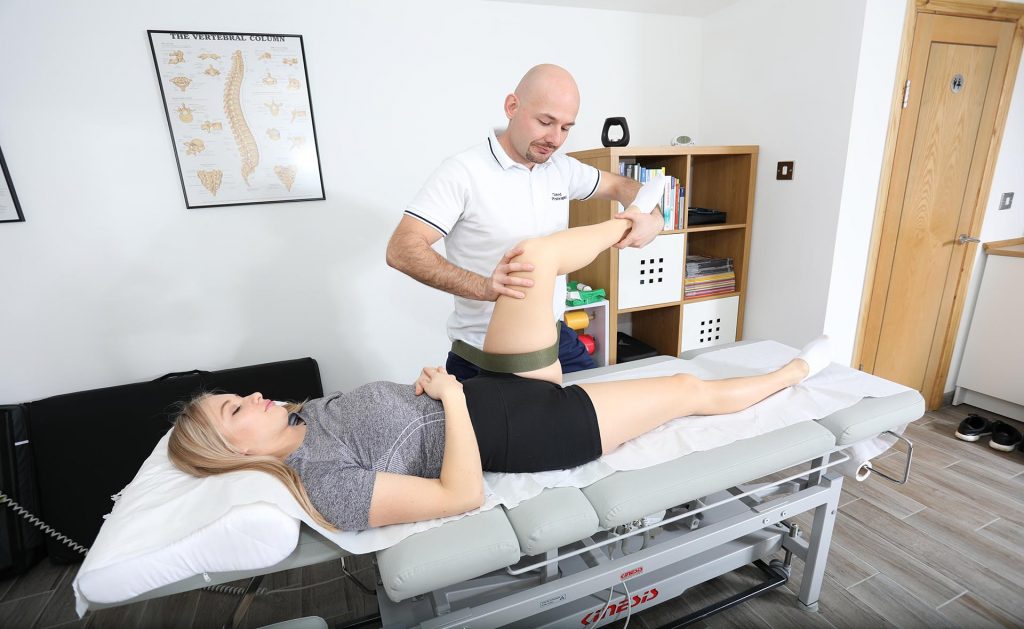Kinesiotaping
Depending on your condition, this technique may be used to either support and stabilise or inhibit muscle function. If you are looking for kinesiotaping (Strapping and Taping )in Southampton, PhysiotCraft physiotherapists can help you to choose the right tape and apply it in right place to relieve your muscle tense.
Kinesiotaping in Southampton
Kinesio-taping (KT), or dynamic taping, consists of sticking tapes to the body using various combinations of the direction and degree of stretching of the tape.
It affects various systems in the human body, e.g. muscular, nervous, lymphatic, bone, and fascia. Kinesiotaping tapes are widely used in:
- Applying pressure or relief
- Immobilization of the joint or limitation of the range of motion
- Relaxation of muscles/tendons
- Proprioception improvement
- Pain elimination
- Supporting systemic stagnation (e.g. lymph)
- Securing damaged tissues
- Healing acceleration (e.g. reducing hematomas)
A flexible form that increases functionality or a rigid one that improves stability can be used. The tape supports the activity of weak muscles, restoration of the correct limb movements and the correct way of joint loading. The structures are relieved, and the joint remains mobile. Taping should be accompanied by additional training to re-educate the nerves and muscles and the quality of movement.
It is good to use a given patch to conduct a control test and assess the real prospects of improvement. There should be a significant change in function after the first application. The end of day test determines the effectiveness of the taping. The patient pays attention to the quality of well-being after the whole day. The application should not cause any discomfort and even bring relief.
Before the procedure, the physiotherapist degreases and dries the skin. After sticking, you need to rub the plaster to activate the glue. KT is waterproof, you can take a quick shower, but more extended baths are not recommended. No creams or ointments should be used on the tapes. In case of irritation, skin allergy, pain or sensation disorders, soak in warm water and remove the patch quickly. The application lasts from 4 to 12 days unless the therapist prescribes otherwise.
Book your appointment
Research on the use of kinesiotaping
Dynamic taping under the supervision of a qualified physiotherapist
Kinesiotaping tapes - the benefits of using them
Book your appointment
